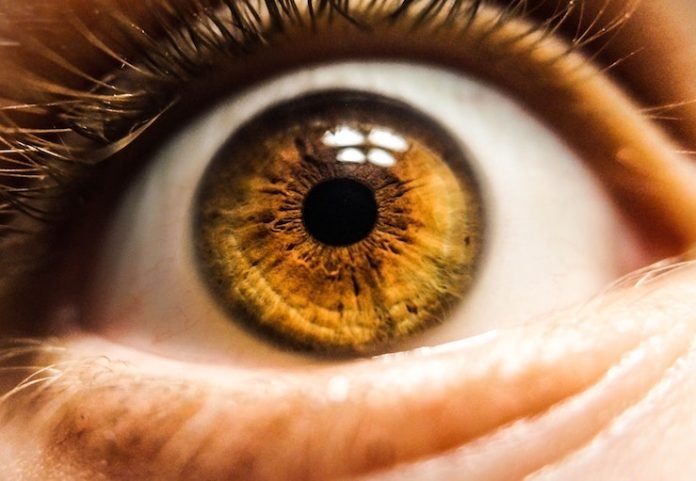
What are cataracts?
A cataract is a cloudy area in the lens of your eye.
Cataracts are very common as you get older. In fact, more than half of all Americans age 80 or older either have cataracts or have had surgery to get rid of cataracts.
At first, you may not notice that you have a cataract. But over time, cataracts can make your vision blurry, hazy, or less colorful. You may have trouble reading or doing other everyday activities.
The good news is that surgery can get rid of cataracts. Cataract surgery is safe and corrects vision problems caused by cataracts.
What are the types of cataracts?
Most cataracts are age-related — they happen because of normal changes in your eyes as you get older. But you can get cataracts for other reasons — for example, after an eye injury or after surgery for another eye problem (like glaucoma).
No matter what type of cataract you have, the treatment is always surgery.
Did you know?
You can get cataracts in one eye or both eyes — but they can’t spread from one eye to the other
By age 80, most people either have cataracts or have had cataract surgery
Cataract surgery is one of the most common operations in the United States
What are the symptoms of cataracts?
You might not have any symptoms at first, when cataracts are mild. But as cataracts grow, they can cause changes in your vision. For example, you may notice that:
- Your vision is cloudy or blurry
- Colors look faded
- You can’t see well at night
- Lamps, sunlight, or headlights seem too bright
- You see a halo around lights
- You see double (this sometimes goes away as the cataract gets bigger)
- You have to change the prescription for your glasses often
These symptoms can be a sign of other eye problems, too. Be sure to talk to your eye doctor if you have any of these problems.
Over time, cataracts can lead to vision loss.
Am I at risk for cataracts?
Your risk for cataracts goes up as you get older. You’re also at higher risk if you:
- Have certain health problems, like diabetes
- Smoke
- Drink too much alcohol
- Have a family history of cataracts
- Have had an eye injury, eye surgery, or radiation treatment on your upper body
- Have spent a lot of time in the sun
- Take steroids (medicines used to treat a variety of health problems, like arthritis and rashes)
If you’re worried you might be at risk for cataracts, talk with your doctor. Ask if there is anything you can do to lower your risk.
What causes cataracts?
Most cataracts are caused by normal changes in your eyes as you get older.
When you’re young, the lens in your eye is clear. Around age 40, the proteins in the lens of your eye start to break down and clump together. This clump makes a cloudy area on your lens — or a cataract. Over time, the cataract gets more severe and clouds more of the lens.
How can I prevent cataracts?
You can take steps to protect your eyes and delay cataracts.
- Wear sunglasses and a hat with a brim to block the sun.
- Quit smoking. If you’re ready to quit, call 1-800-QUIT-NOW (1-800-784-8669) for free support.
- Eat healthy. Eat plenty of fruits and vegetables — especially dark, leafy greens like spinach, kale, and collard greens.
- Get a dilated eye exam. If you’re age 60 or older, get a dilated eye exam at least once every 2 years.
If you care about eye health, please read studies about worst vegetables for people with diabetes, and 5 dangerous signs you have diabetes-related eye disease.
For more information about eye health, please see recent studies about how to protect your eyes from diabetes, and results showing how vitamin B may help fight vision loss and COVID-19.
Source: National Eye Institute.



